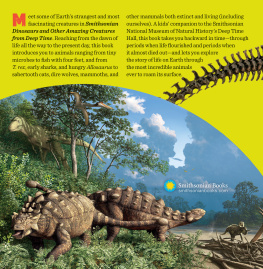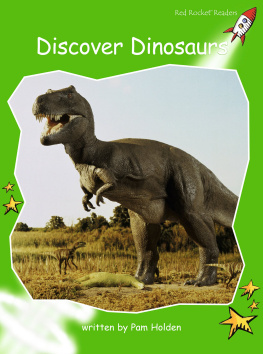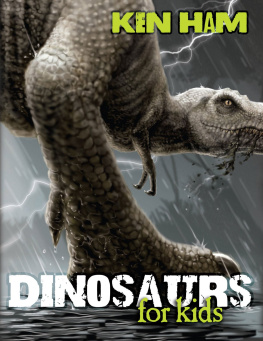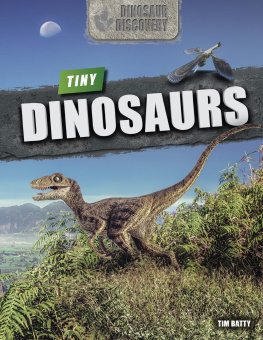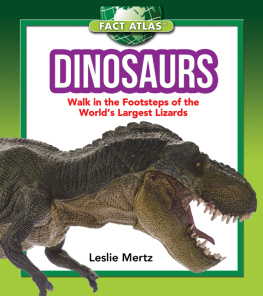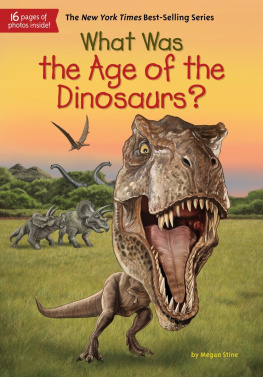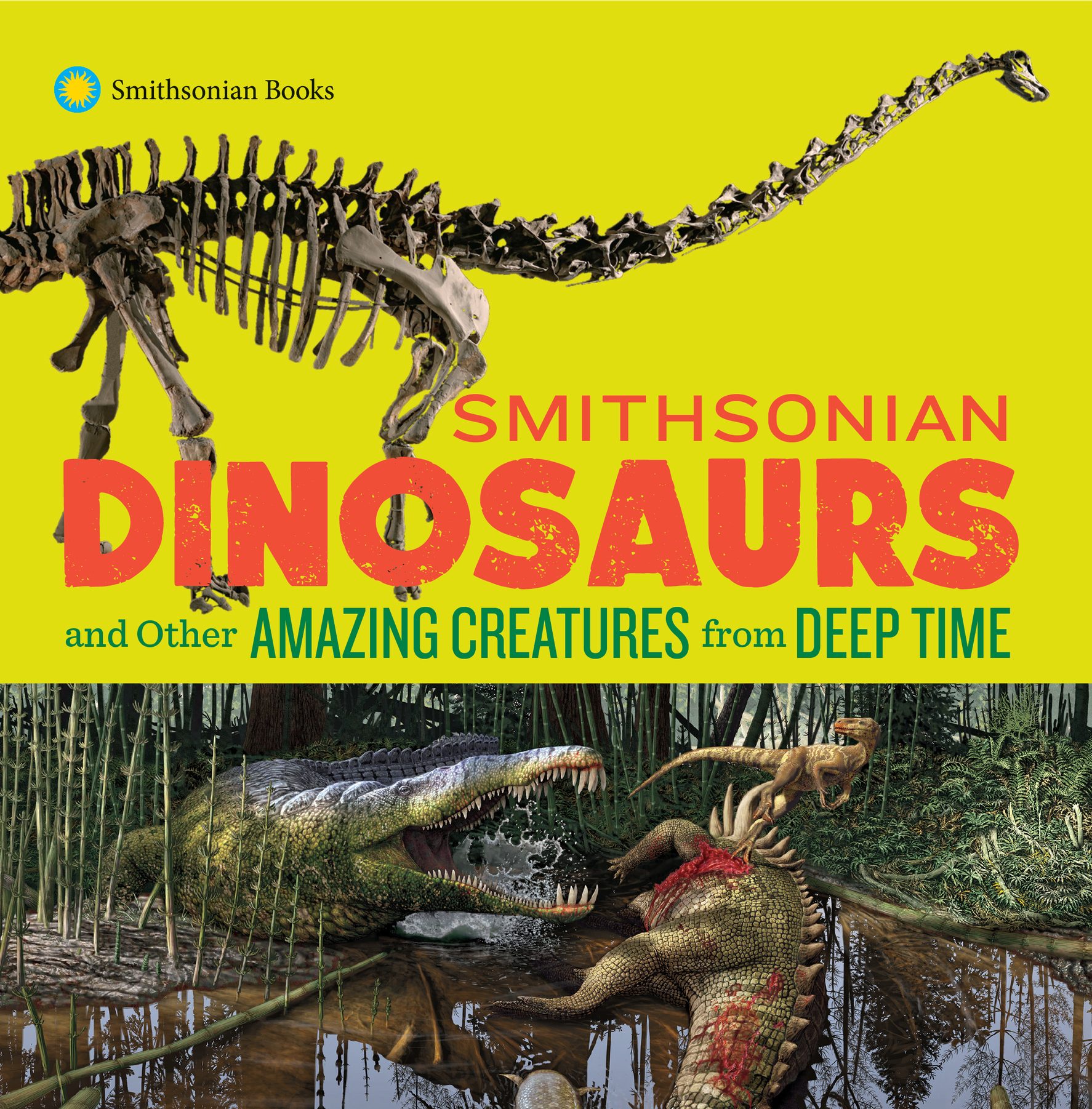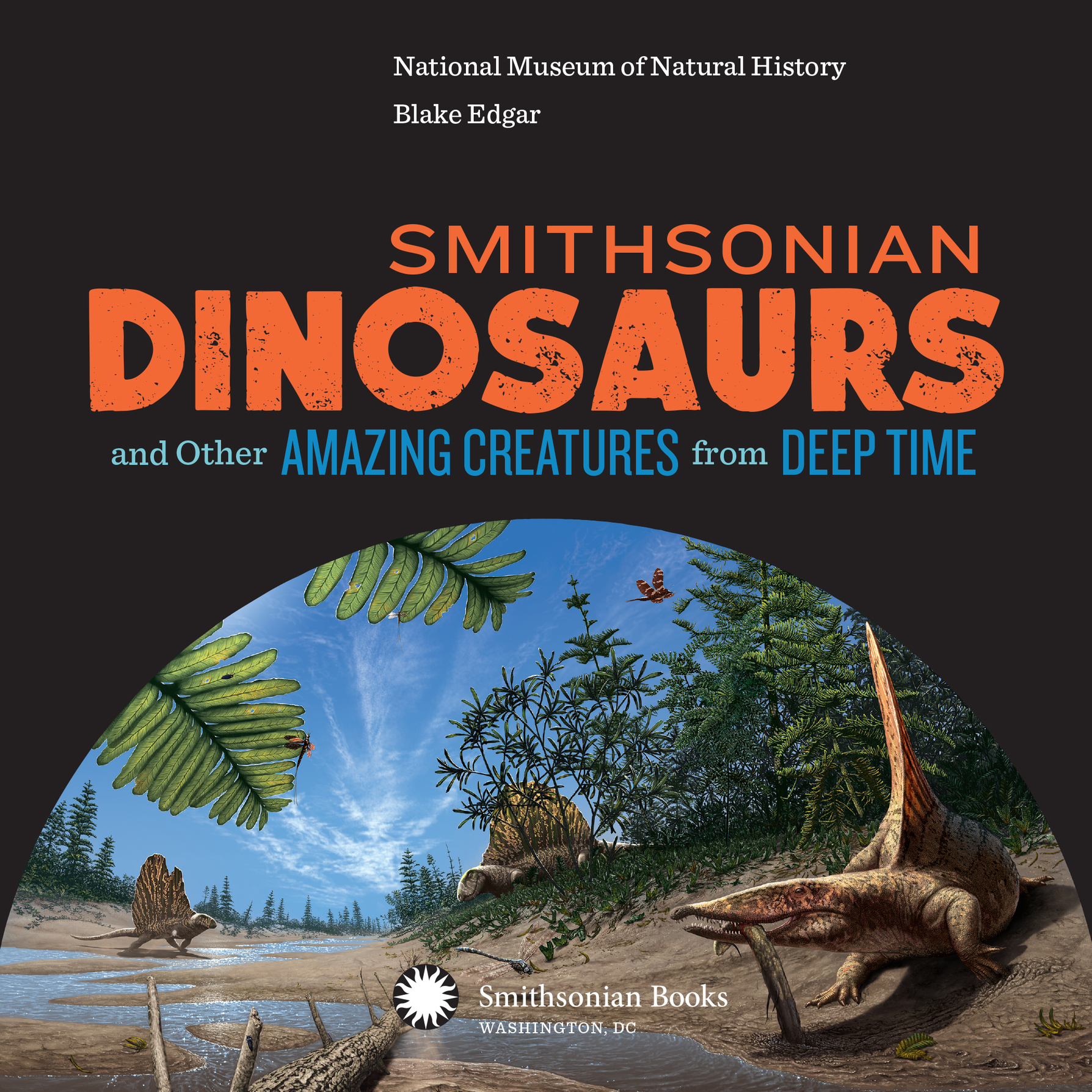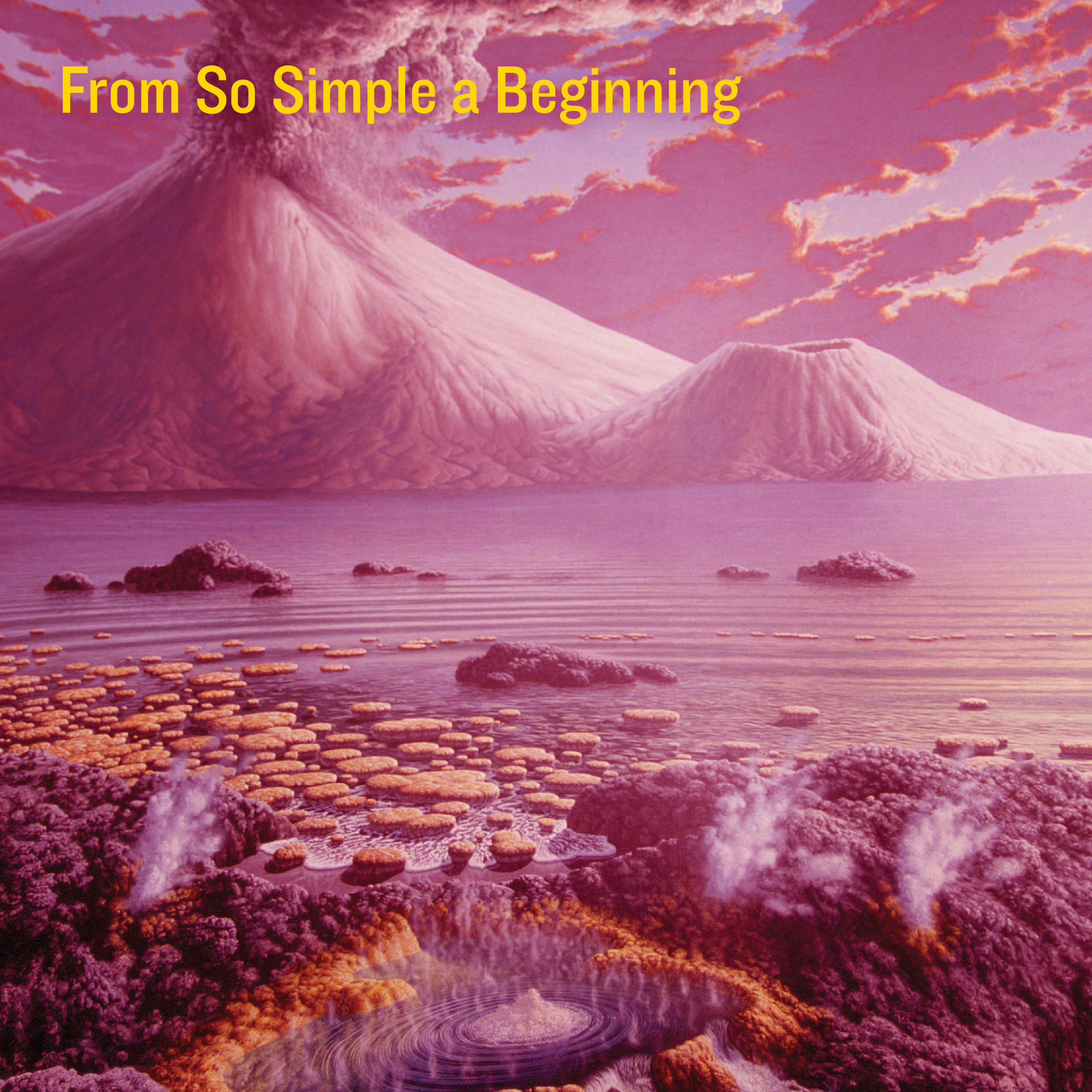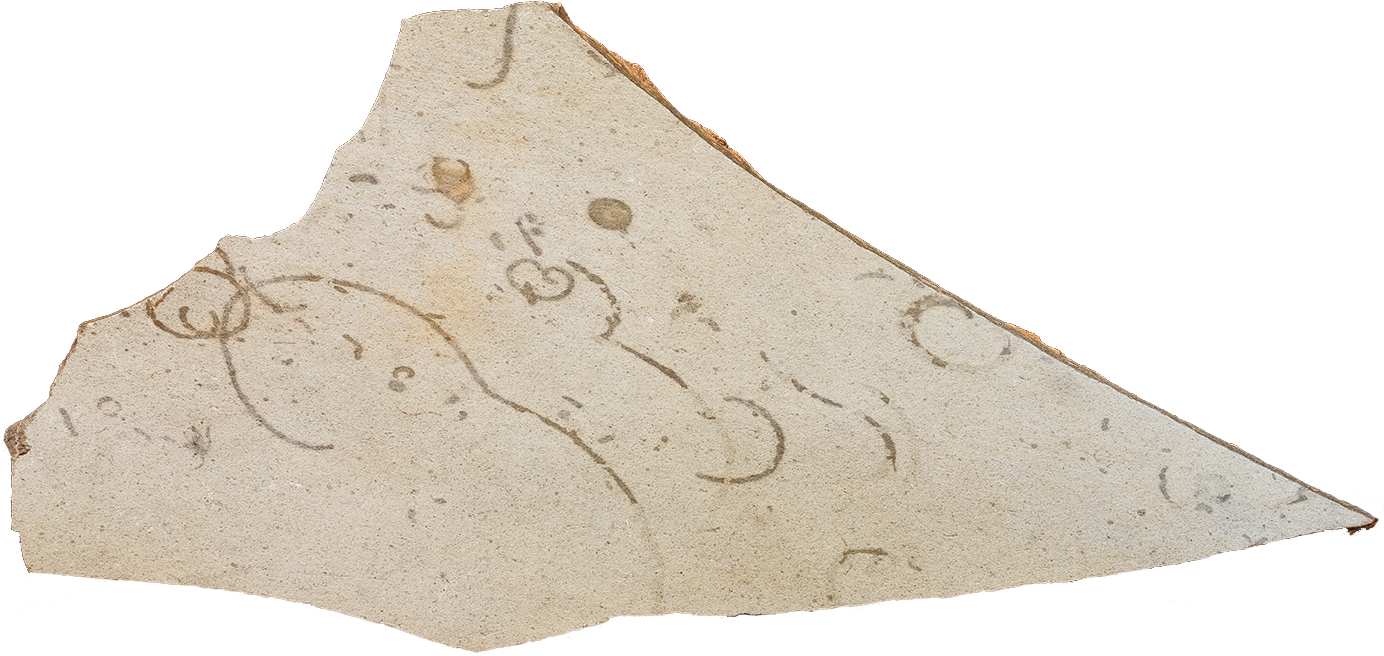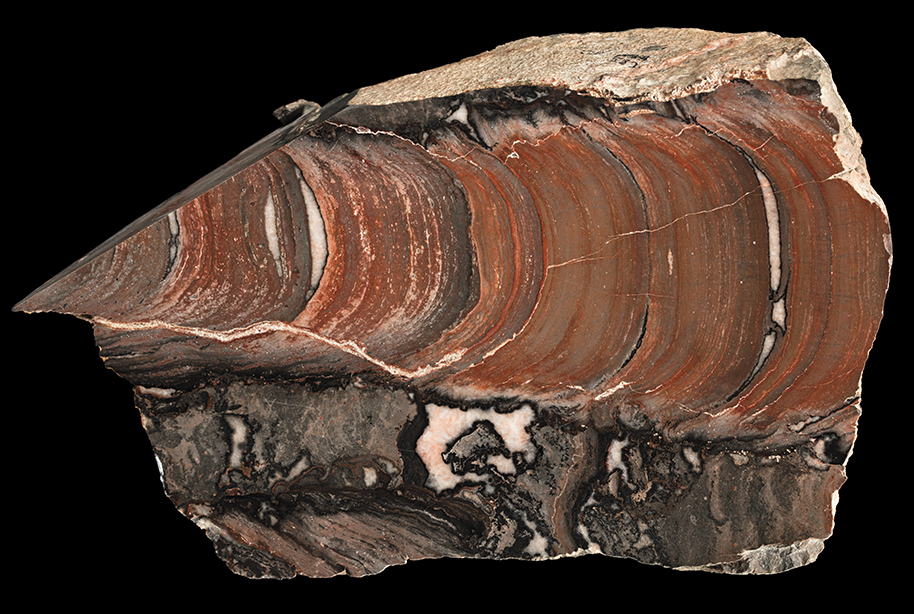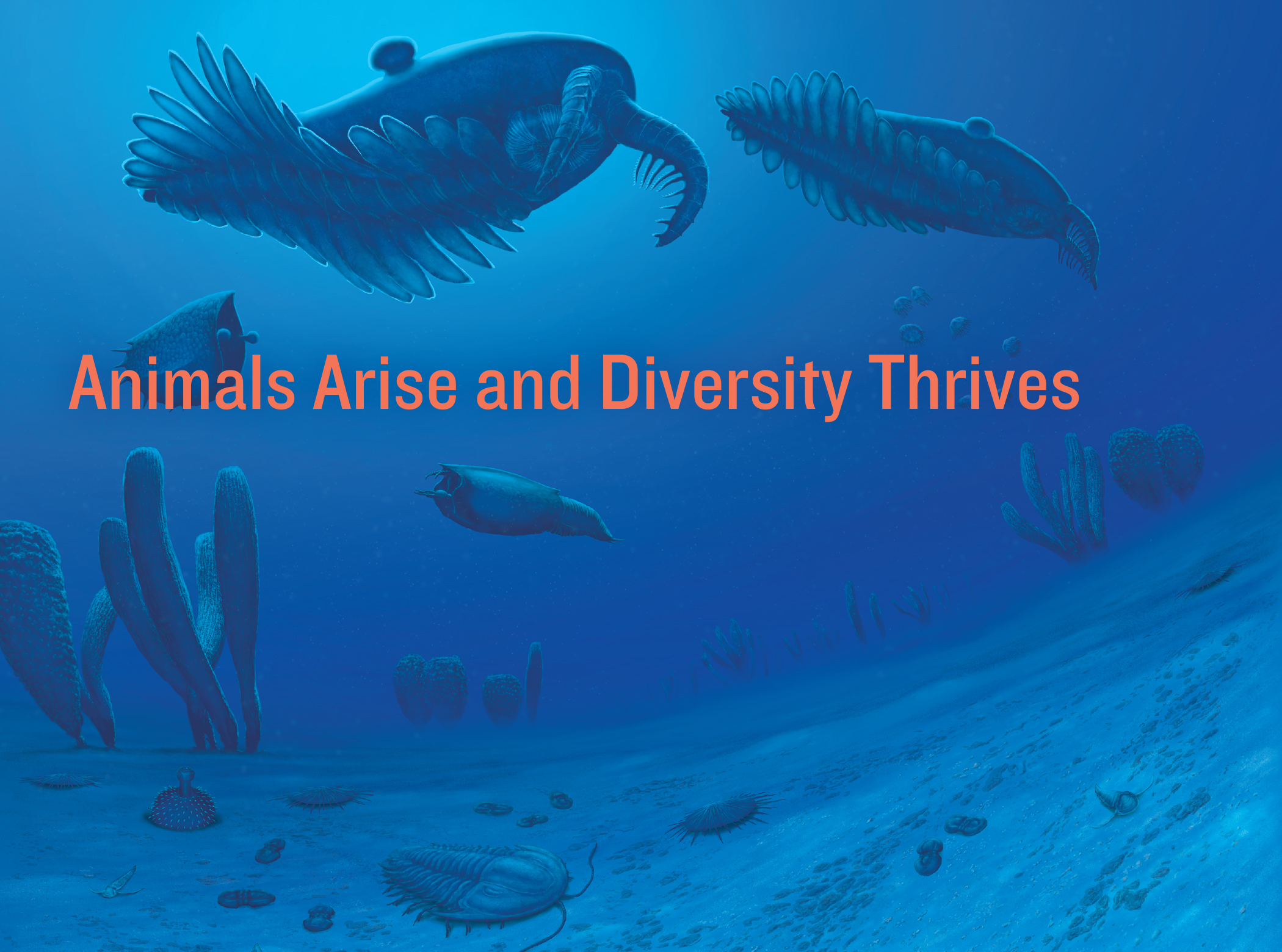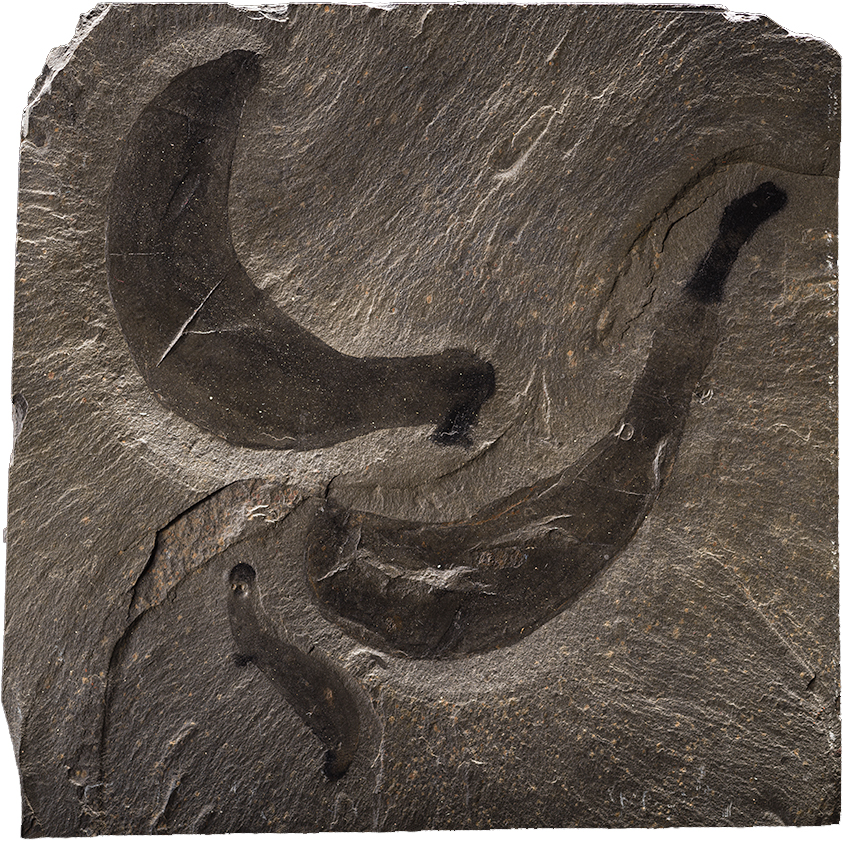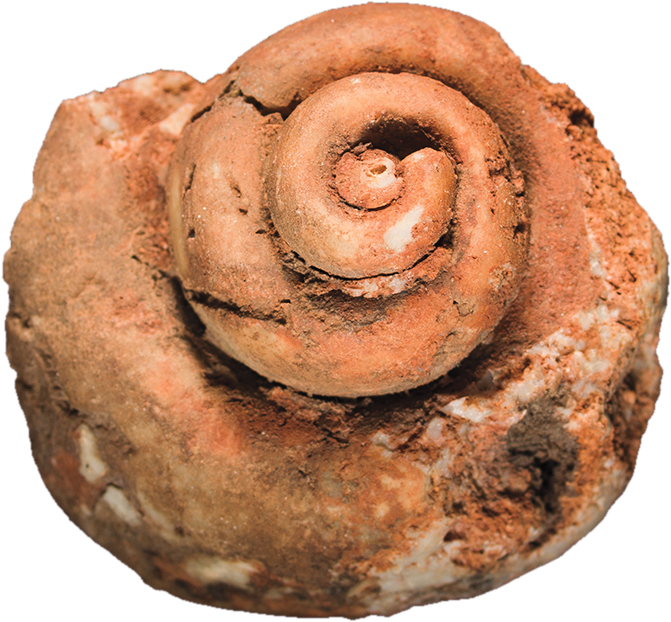Our Planets Epic Story
Everyone likes a good story, and no story is grander than the saga of Earth and the life on it. Its a very long talespanning over 4.5 billion yearsbut it features plenty of plot twists, scene changes, and a cast of amazing characters. Including you: your body contains traces of lifes long journey across deep time, the billions of years from Earths formation to today.
Earth always has been a dynamic place; as it changes, so does life. Earths distant past shapes the present in which you play a part, and it influences how the future will unfold. The planet today is a product of enduring geological forces, biological evolution, and climatic change over time. All these factorsplus our actionswill affect the world of tomorrow.
The Deep Time Hall at the Smithsonian National Museum of Natural History is a place where you can explore the grandeur of Earths history, discover the fossils that reveal the mysteries of lifes past 3.7 billion years, ponder how the present world came to be, and prepare for a sustainable future. Youll glimpse ancient lifes beauty and diversity in the sea and on land. Following in the footsteps of paleobiologistsscientists who study fossil plants and animalsyoull investigate what can be learned from the rock record of our planets rich past.
This book takes you from the earliest Earth, just after the planet formed, through successive eras in time and turning points of evolution, up to the age of humans. From the viewpoint of deep time, climates and ecosystems constantly shift, and species come and go. Some groups, like the dinosaurs featured here, endure for vast stretches of time. Our species is still young, yet it is having a huge global impact that will influence the outcome of Earths next chapter.
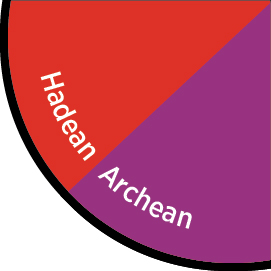
The early Earth was very different from todays world: in fact, it was a hot and hellish place. Forming about 4.5 billion years ago, the molten planet cooled fairly quickly. Within a billion years, the earliest signs of lifesimple, single-celled microbesarose in water, and life stayed basically the same for another billion years. Around 2.5 billion years ago, at the end of the Archean Eon, bacteria began to turn sunlight into energy (through photosynthesis) and generate oxygen in the atmosphere and ocean. That oxygen supported more complex organismswhich set the stage for future, even more complex life on Earth. It took 4 billion years after the Earth solidified for life to get big enough thathad you been aroundyoud have been able to spot it without a microscope.
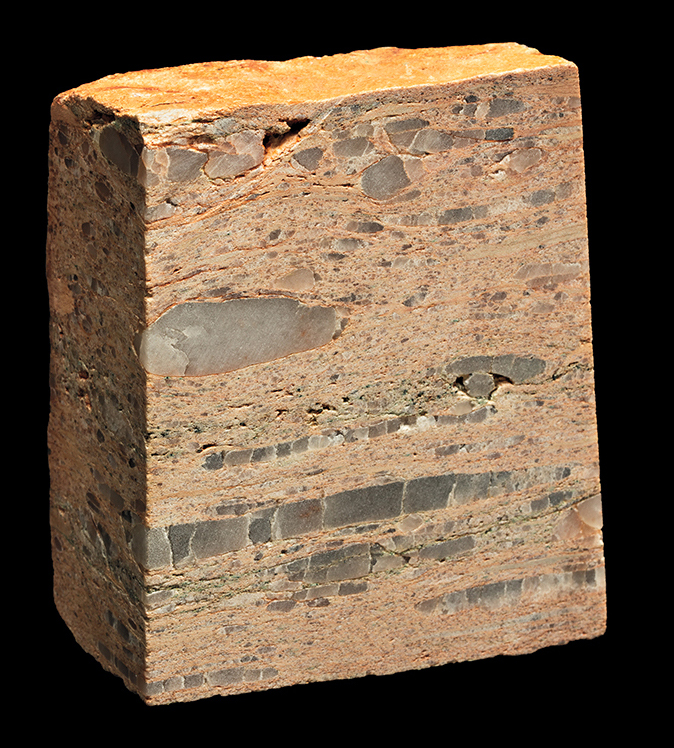
Radioactive elements in zircon minerals like this sample serve as rock clocksthey reveal how long ago the rock formed. Scientists can use such dates to figure out the age of fossils found in the rocks, and even when certain events on Earth occurred.
These ribbonlike strands of Grypania may represent Earths oldest-known fossils of eukaryotes (organisms with complex cells that each enclose a nucleus). This is a photosynthetic algae thats more than 2 billion years old.
Mats of aquatic microbes living in shallow water around a billion years ago became sandwiched between sediment layers, eventually forming mound-shaped fossils called stromatolites like this Corophyton .

After 2 billion years of simple microbes, evolution produced a sudden, dazzling diversity of complex life. Mysterious beings started to appear 635 million years ago. The soft bodies of these first large multicellular animals left intriguing impressions on muddy seafloorsand left us with many questions about them. Answers remain elusive, though, since these enigmatic Ediacaran animals all went extinct. Later, some 540 million years ago, life blossomed anew during the Cambrian Period. Complex animals with body forms more familiar to us rapidly evolved and occupied marine realms. As animals began eating one another, they developed shells and other protective hard parts. This burst of biodiversity spawned most major animal groups alive todayincluding the ancestor of all vertebrates, or animals with backbones.
Trilobitesdistinctive hard-shelled arthropods like this Mesonacis vermontanus evolved in the Cambrian, the start of their long existence on Earth as marine scavengers and predators.
Pikaia gracilens had a distinct head and a flexible nerve cord running through its body. These traits made this Burgess Shale fossil a likely precursor to backboned animals.
Shells sheltered Cambrian sea snails such as Sinuopea eminensis .

The next big burst of biodiversity occurred in the warm, shallow seas that covered continents during the Ordovician Period, when the number of marine species tripled within 25 million years. Life filled up space by swimming or burrowing into the seafloor. The planets first reefs formed from low-growing corals that provided habitats for bryozoans, crinoids, sponges, mollusks, and jawless fish. Among the earliest arthropods (a group that includes insects and spiders), trilobites thrived and peaked, developing an array of sizes, spines, and complex eyes. Trilobites time on Earth spanned about 300 million years and spawned more than 15,000 species. Earths first mass extinction, triggered by an ice age 448 million years ago, extinguished many marine species.

